I'm trying to figure out why drawing a shape, then drawing over it in a new color (as though to highlight it), and then re-drawing the original (un-highlighting it) is leaving traces of the highlighted color.
I've reproduced the issue in this fiddle. The wedge is drawn in a light-blue color. There's a red button that'll draw over it in red, then another button that re-draws the original shape. All parameters are identical (except for the color), but yet after clicking the button to reset the color, there's a faint trace of red over the wedge.
Before:

After:

Here's the relevant code:
drawWedge(250, 250, 200, 0, 18, "rgb(150, 254, 223)");
$("#red").click(function () {
drawWedge(250, 250, 200, 0, 18, "rgb(255, 0, 0)");
});
$("#back").click(function () {
drawWedge(250, 250, 200, 0, 18, "rgb(150, 254, 223)");
});
function d2r(degrees) {
return degrees * (Math.PI / 180.0);
}
function drawWedge(centerX, centerY, r, start, end, color) {
context.beginPath();
context.moveTo(centerX, centerY);
context.arc(centerX, centerY, r, d2r(start), d2r(end), false);
context.closePath();
context.fillStyle = color;
context.fill();
}
